Review
The Metropole Hotel, built in 1901, (now clumsily known as the Sofitel Legend Metropole Hanoi) is an historic Hanoi landmark. It’s also Hanoi’s and probably Vietnam’s finest hotel. In the centre of the capital’s old French Quarter and a stone’s throw from some of Indochina’s most impressive colonial architecture, the hotel and its surrounds ooze history.
The hotel itself does justice to the elegance of the original building (something we regret to say is yet to happen with Saigon’s historic properties) with a cosy atmosphere of understated style and all the facilities you’d expect of a leading international property.
Location
In the heart of Hanoi’s French Quarter - surrounded by historic architecture and a short walk from Hoan Kiem Lake, the Old Quarter and the Hanoi Opera House.
Rooms, design, atmosphere and people
The Metropole consists of two distinct wings. The original 1901 wing at the front, is decorated in restrained colonial style with timber floors and classic decor. The new wing, built sympathetically with the original structure in the 1990s, has opted for modern, bold interiors.
Both work well - but make sure you know what you’re in for.
There are 8 room categories all up. Lead-in rooms in both wings start at 32sqm. The Grand Luxury rooms in the original building, known as the Metropole Wing, are a spacious 37sqm and a good choice.
If you’re feeling extravagant, try the 70sqm Somerset Maugham Legendary Suite. While it’s not clear that Maugham stayed in the suite, he stayed in the hotel, along with Charlie Chaplin and Graham Greene, in the final years of colonial rule.
Greene and Chaplin also have suites named after them.
These expansive themed suites are decorated in colonial style.
Joan Baez stayed in the Somerset Maugham suite during her return to Hanoi in 2013 - and painted a portrait of a young boy that decorates the room (for more on history, see below).
The Metropole’s common areas are a big part of its charm. The lobby is warm and welcoming and the central courtyard, where the pool is located, is open and green showing a regard for space that is increasingly hard to come by in Vietnam's big city developments.
The Metropole has three restaurants; Le Beaulieu specialises in French cuisine and has pride of place at the front corner of the old building; The Spices Garden is a good place for the timid to sample expensive and safe Vietnamese cuisine; Angelina specialises in Italian cuisine in a contemporary setting.
The staff throughout are superb - friendly and professional.
History
While the Continental in Saigon may be Vietnam’s most famous colonial era hotel, the Metropole in Hanoi is the property that has truly retained its old world magic.
Established in 1901, the Metropole was at the centre of colonial life in Hanoi in one of its proudest and most ambitious times. Paul Doumer was Governor and he presided over some of the city’s most impressive building projects including the crowning engineering achievement, the Paul Doumer Bridge - now the Long Bien Bridge across the Red River.
For most historians though, Hanoi’s architectural icons were tokens of European civilisation, and papered over the dire brutality and repression of colonial rule. Hanoi’s grandest colonial edifices were built off the backs of French monopolies on alcohol, salt and opium, crushing taxes and corvee or forced labour.
It was during this era that the Metropole Hotel opened its doors. It continued to be the centre of colonial life until the French were unceremoniously marched out of town in 1954 by Ho Chi Minh’s communists. In the years immediately prior to the collapse of the colony, the Metropole hosted literary figures Somerset Maugham and Graham Greene.
In post colonial Hanoi, Canadian and Indian delegates of the International Control Commission (ICC) were located at the newly communist run Metropole. The ICC was created to supervise the temporary partition of Vietnam in accordance with the Geneva Accords of 1954. Elections and reunification were scheduled to take place in 1956. The South Vietnamese government of Ngo Dinh Diem and his sponsor, the United States, refused to allow these elections to proceed - fearful that Ho Chi Minh’s forces would gain legitimate control across the country. The matter of reunification wasn't settled until 1975.
The hotel’s glamour was long faded in the war-torn late 1960s when Jane Fonda and Joan Baez passed through on their controversial anti-war crusades.
In 2012, a Vietnam War era bunker was uncovered and opened for tourists (guests at the hotel only unfortunately). During the US's 1972 Christmas bombing, performer Joan Baez was among those to take shelterin the bunker. She recorded sounds and music during the bombing and later produced an album Where are you now my son, from the experience.
Baez returned to Hanoi for the first time in 2013, stayed in the hotel and revisited the bunker. She also painted a wonderful portrait of a young Hmong boy and donated it to the hotel. The original hangs on a wall in the suite in which Baez stayed. A copy is on display in the hotel lobby.
When Neil Sheehan, author of A Bright Shining Lie stayed in the renamed Thong Nhat (Reunification) Hotel in the late 1980s, it had fallen into ruin like much of the city.
In 1990, everything in Hanoi began to change. Foreign investors began arriving in number and demand for international standard accommodation boomed. Foreign investors took charge at the Metropole and its transformation began.
In 1997, Vietnam War architect Robert McNamara travelled to Hanoi and the Metropole to conduct a series of discussions with former senior Vietnamese officials in an attempt to understand his own failures and those of his adversary, that led to such a catastrophic loss of life.
A new hotel wing opened in the late 1990s and another renovation occurred in 2006 that gave the hotel its present feel and the strong decor contrast between the original wing and the new wing.
Disclosure
Rusty Compass reviews are independent. We didn't seek or receive any freebies or other inducements from the hotel. The hotel didn't exercise any influence over the contents of this review.

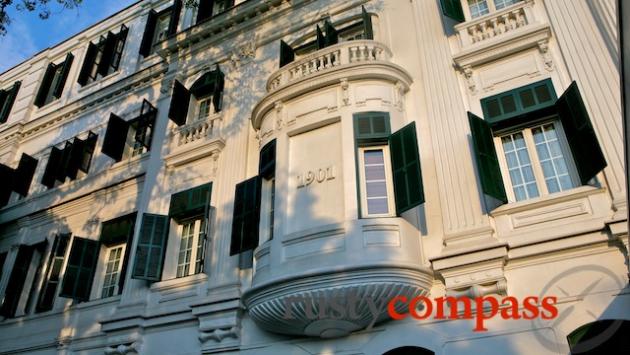
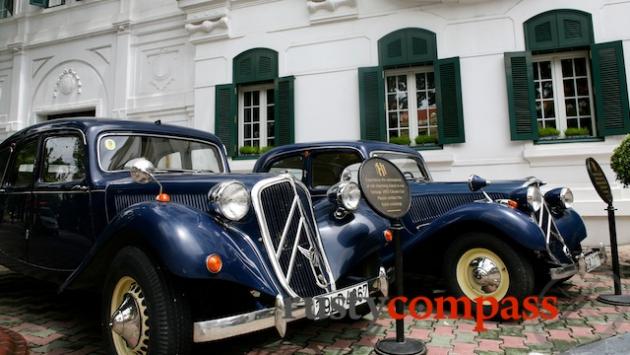
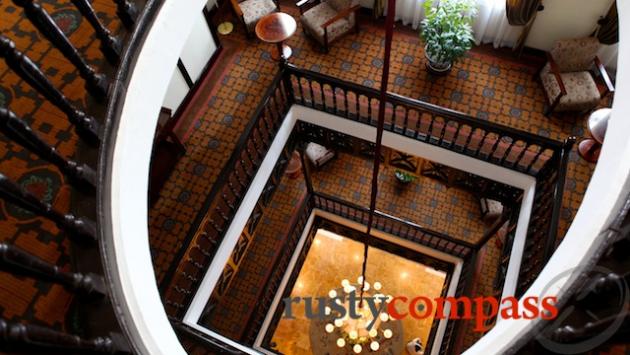
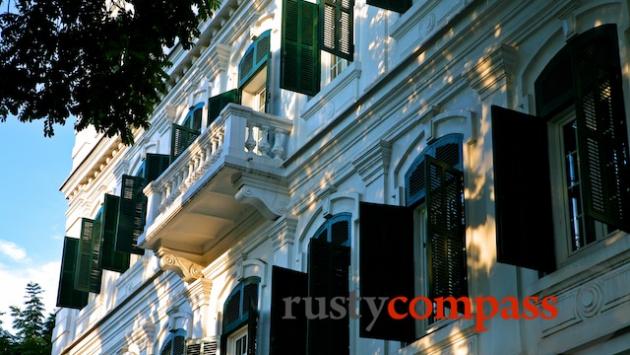
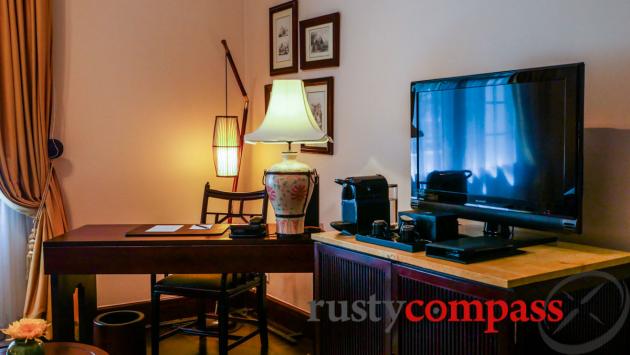
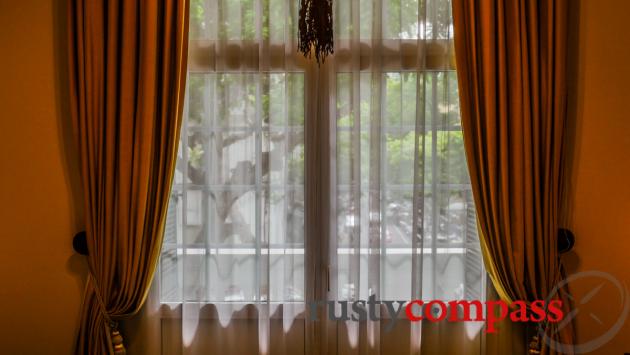
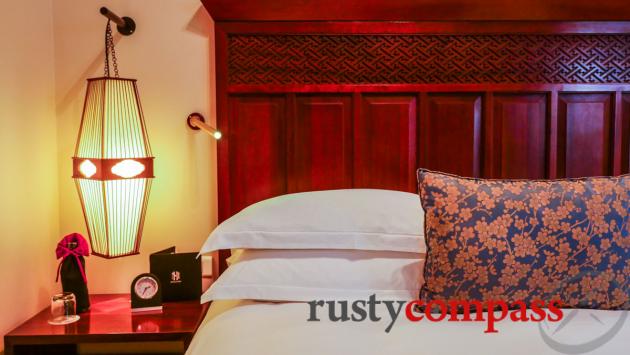
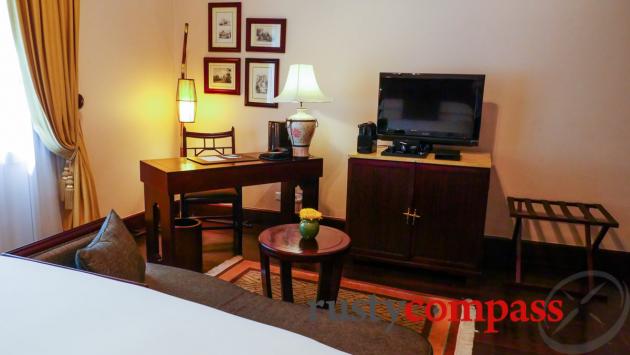
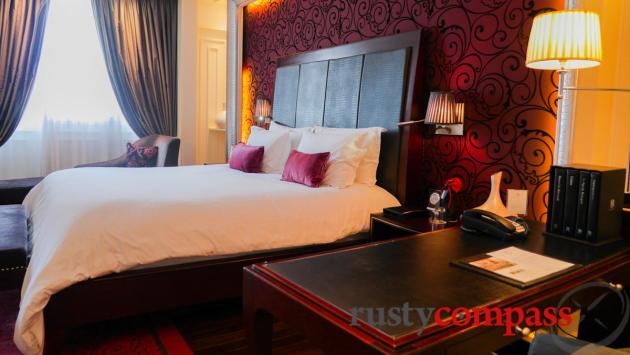
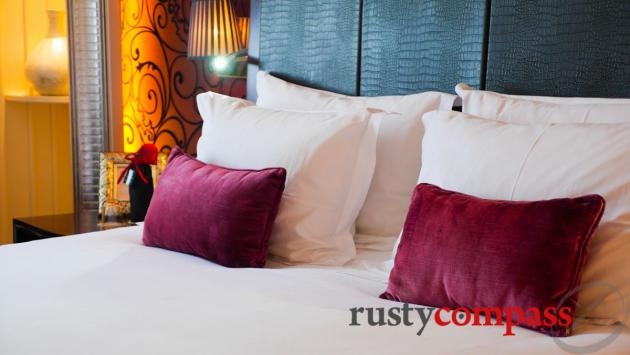
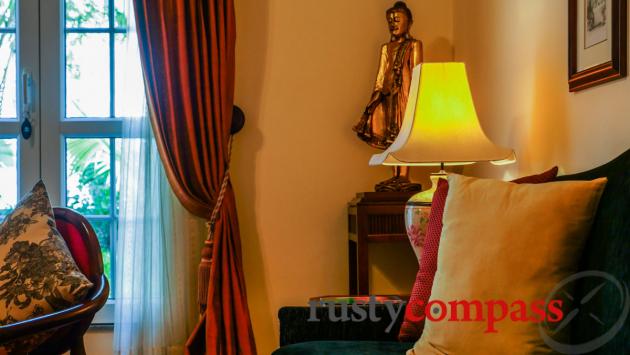
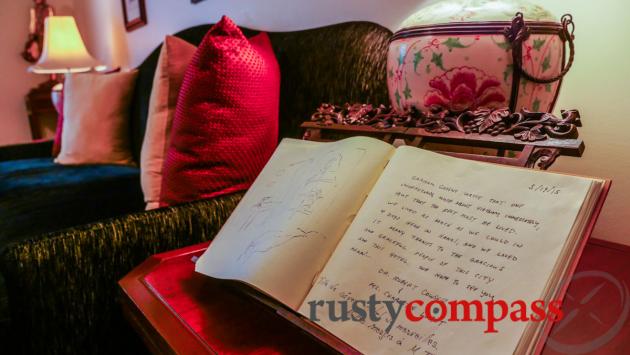
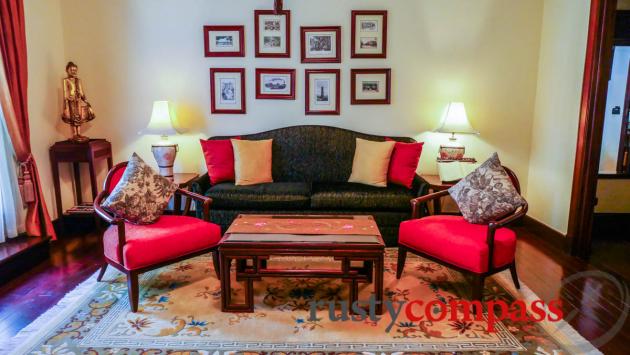
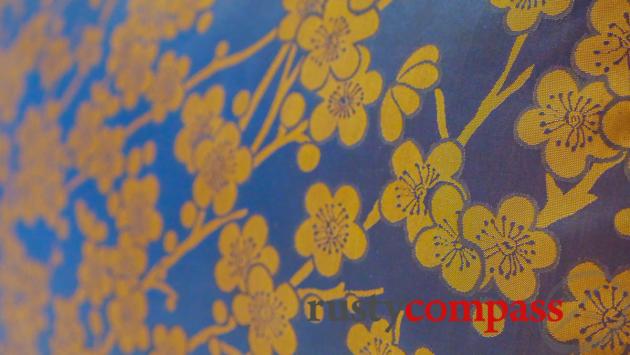
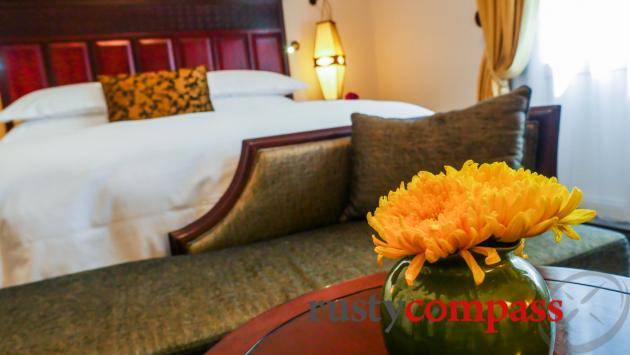
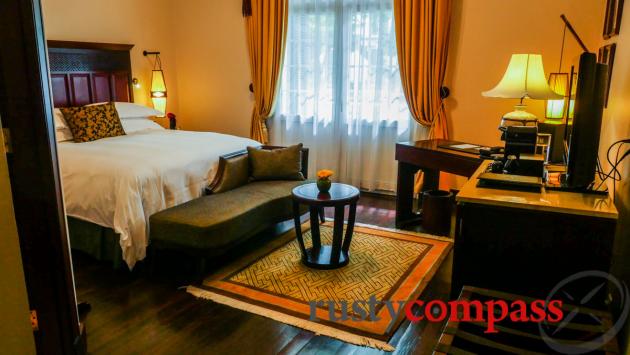
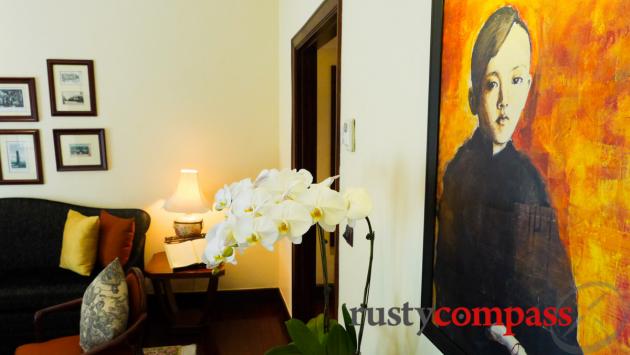
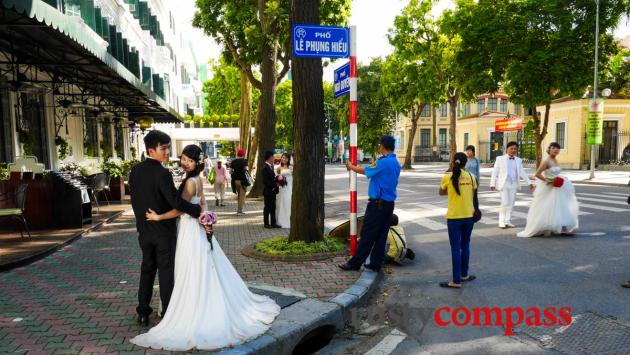
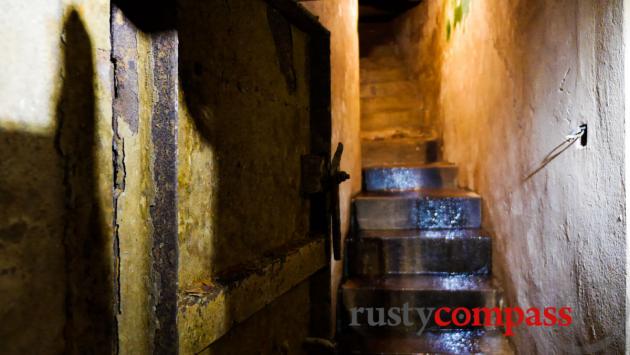
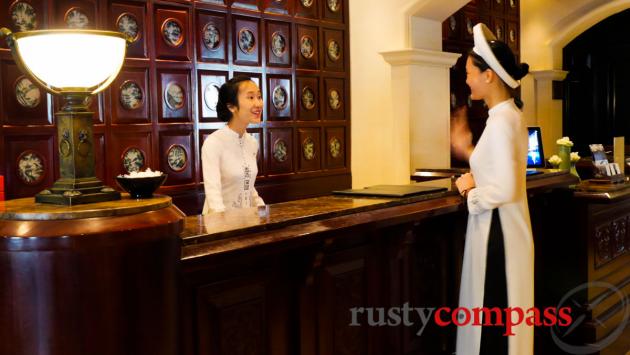
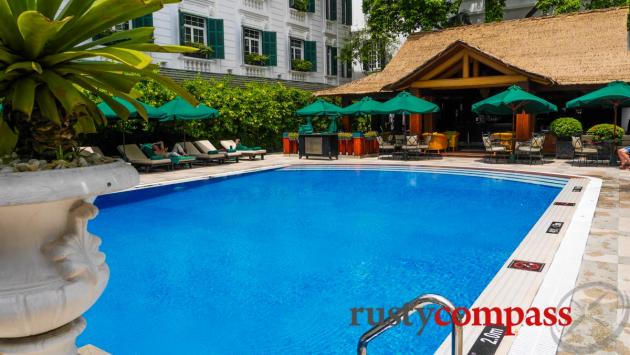
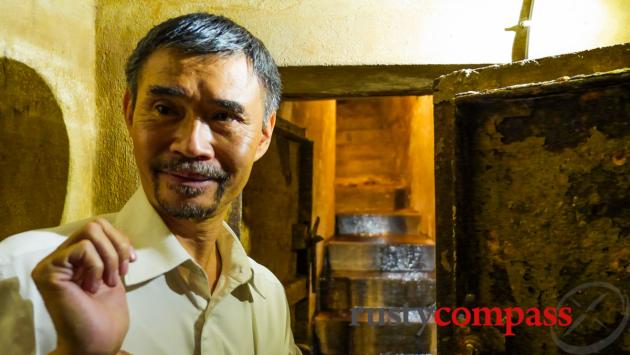
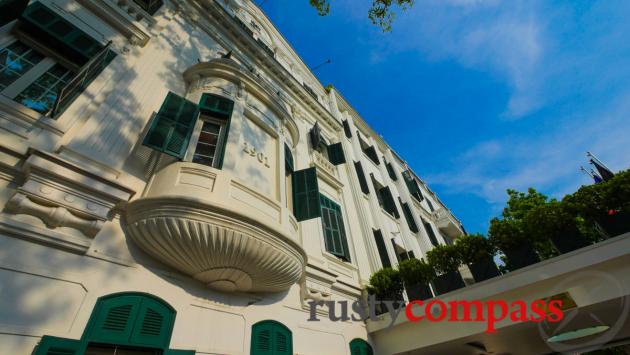







There are no comments yet.